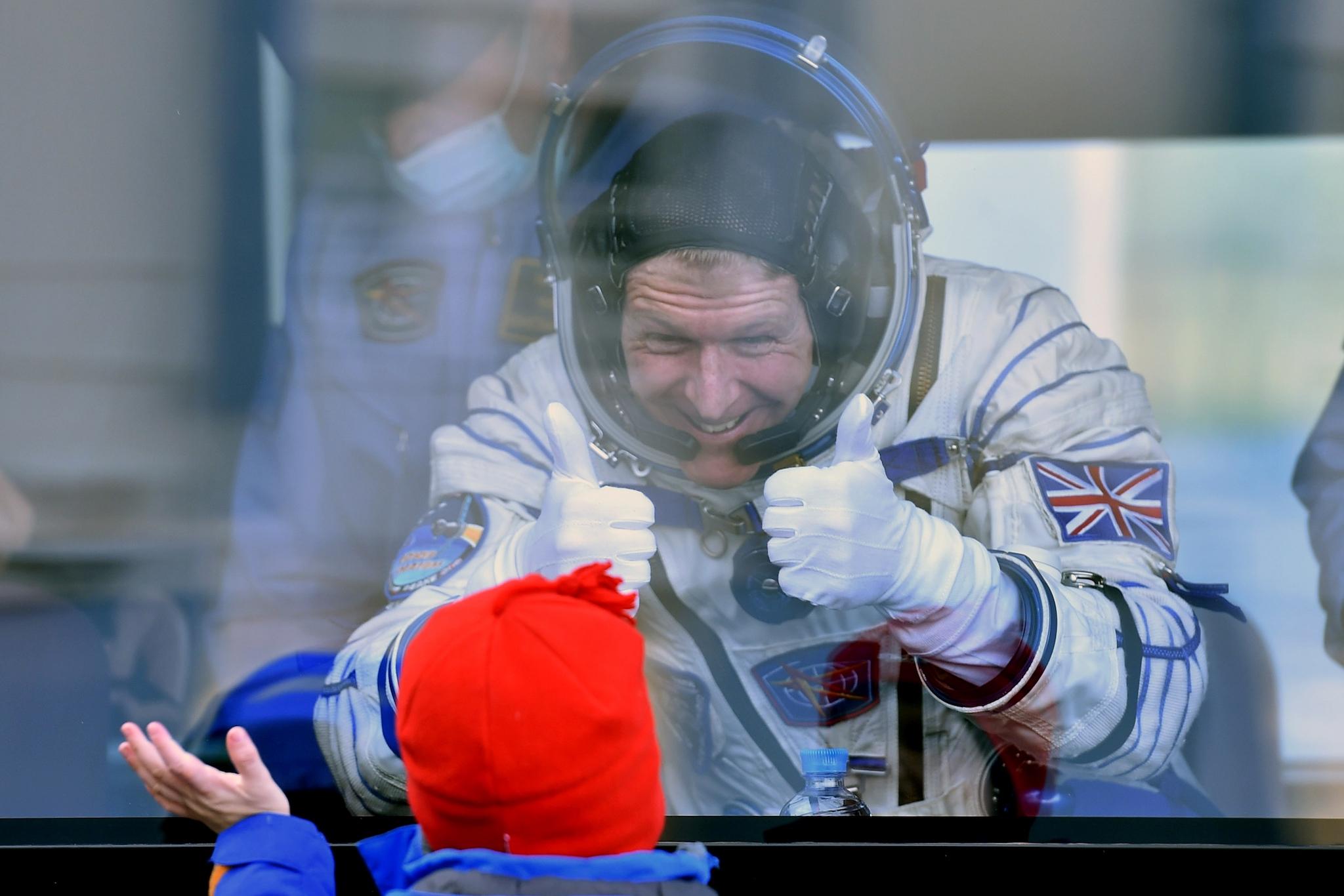Tim Peake will return to the International Space Station on second European Space Agency mission
Major Peake had said that he would head back to space in a 'heartbeat'

Tim Peake will return to the International Space Station.
Major Peake lived on the station between December 2015 and 2016 in his first mission.
The former helicopter test pilot made the announcement at the Science Museum, where he was introducing the installation of his original spacecraft. He was also made a Fellow of the museum.
During Major Peake's first mission, he became the first British person to participate in a spacewalk, which he said was the highlight of his mission. He also engaged in a number of other activities intended to promote interest in space across the country and beyond, including running the 2016 London Marathon on the ISS treadmill and so becoming the first man – and second person – to run a marathon from space.
He also participated in more than 250 scientific experiments during his 186 days on the station.
On his return to Earth in June, Major Peake said that he would return to space in a "heartbeat". He also said that he dreamt of going to the moon and said he hoped that the UK would fund manned space missions.
He made that return journey with crew mates American Nasa astronaut Colonel Tim Kopra and Russian cosmonaut Yuri Malenchenko who fell back down to Earth in a Soyuz capsule measuring little more than six feet across – and it is that capsule that's now being shown off at the Science Museum, slightly scorched by the journey.
Join our commenting forum
Join thought-provoking conversations, follow other Independent readers and see their replies
Comments